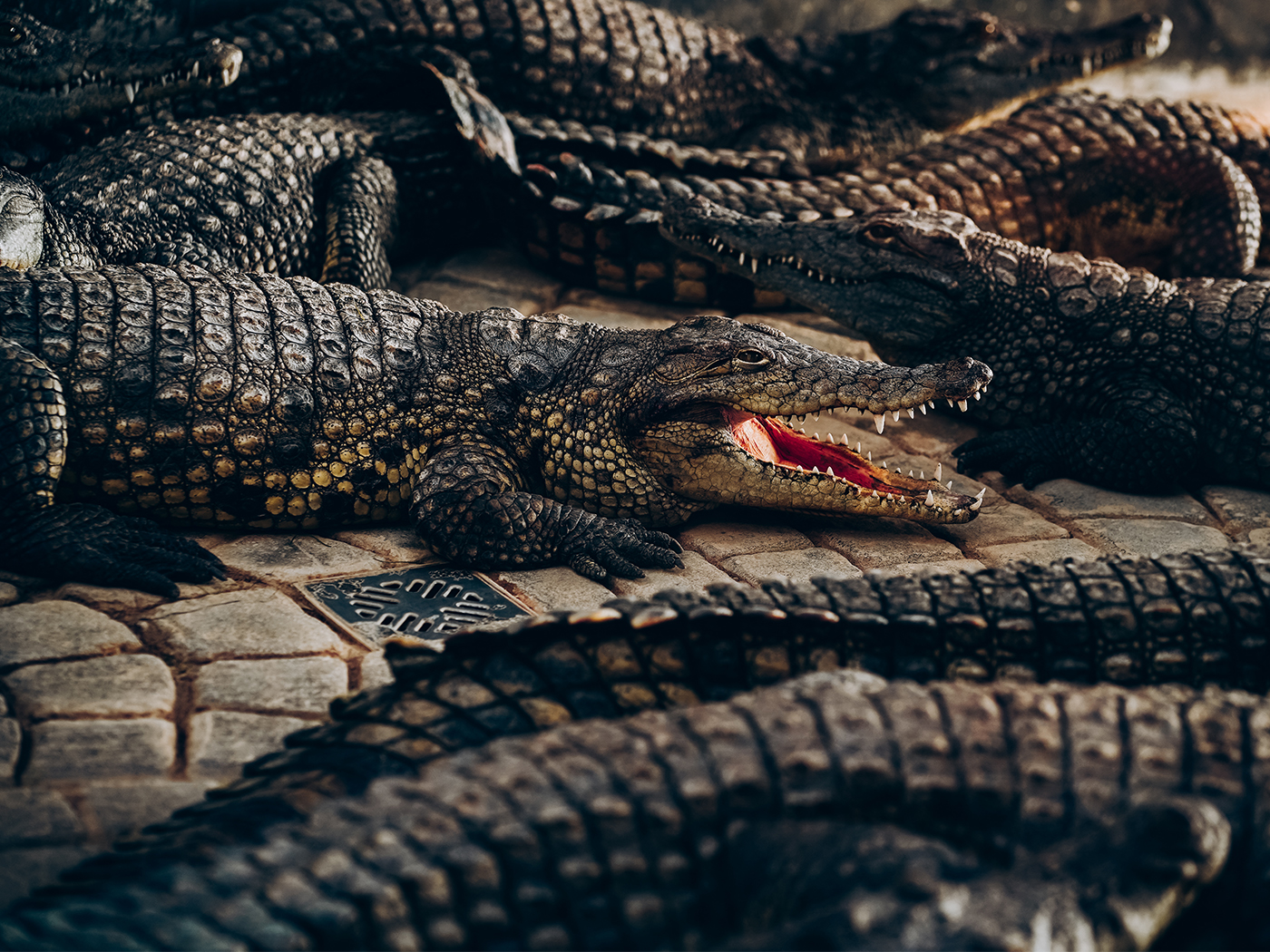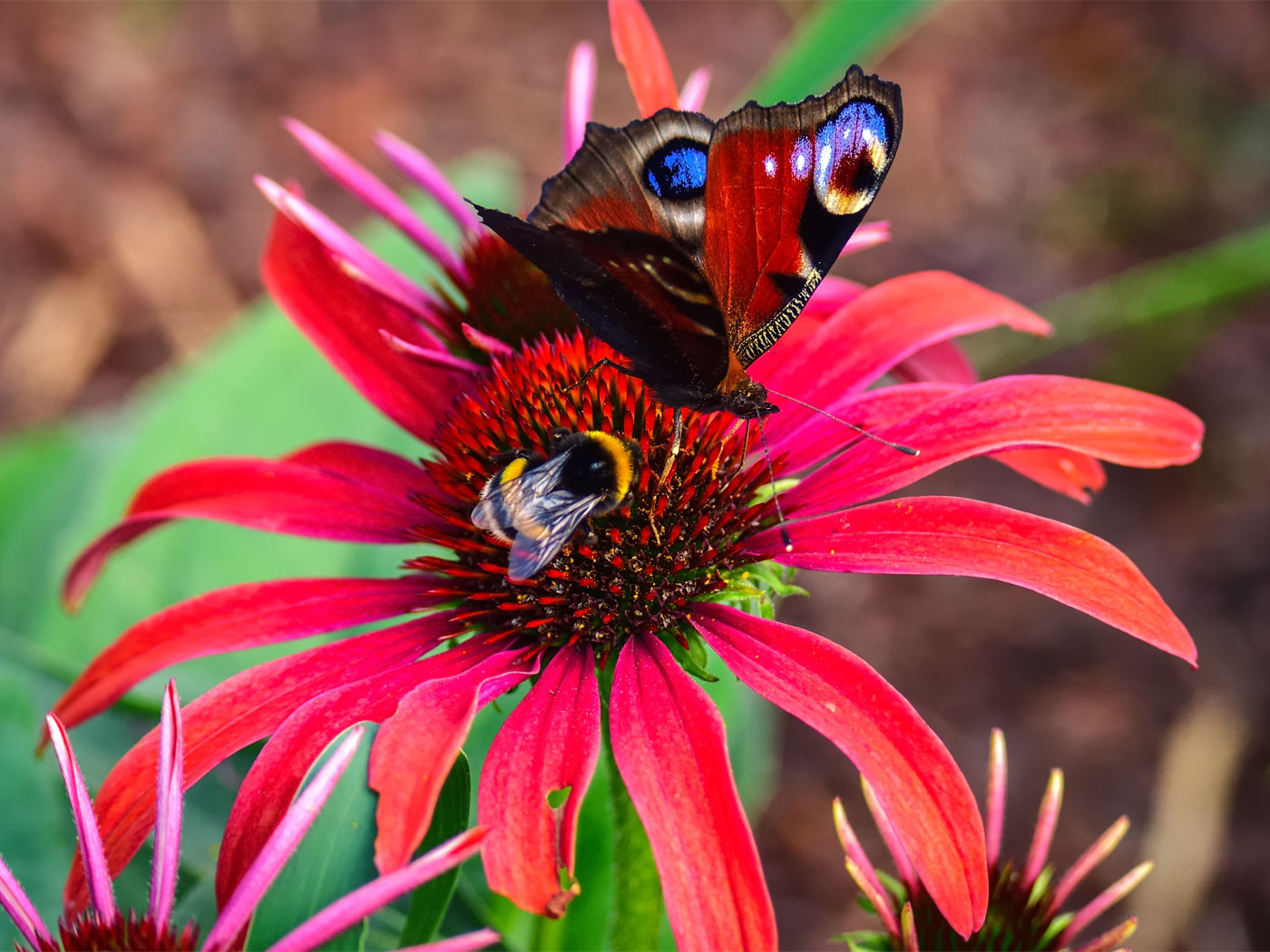Researchers at the National Center for Voice and Speech in Denver, Colorado, suspect that the small pouches in our voice boxes—called laryngeal ventricles—are vestigial organs. They surmise that these air passageways have been reduced in size from the bulging air sacs of our supposed ape-like ancestors. Tobias Riede, a scientist at the National Center for Voice and Speech, and his colleagues are publishing their research in the July 2008 issue of The Journal of the Acoustical Society of America.1
Vestigial organs are those which are perceived as having no apparent purpose, and are thus interpreted as being leftover, useless bits from our evolutionary past. These organs, like the appendix, were once used as evidence to support evolution when their functions were unknown. However, we now know there are no true vestigial organs, thereby dampening their apologetic impact for Darwinian evolution.2 Even the appendix has been revealed to be involved in the lymphatic and immune systems, which are especially important in early ages.
Laryngeal ventricles are most likely not vestigial organs. In humans they are well integrated into the larynx which, in contrast to apes, is uniquely suited for varied and subtle speech capacities. The studies undertaken by Dr. Riede indicate that the laryngeal pouches represent quality engineering, not leftover evolutionary by-products.
When comparing the structure and function of human laryngeal ventricles with the much larger balloon-like air sacs in modern monkeys, Riede told Discovery News that the monkey’s "amplifying device is helpful," but “[unfortunately], it comes with a cost. You have to fine-tune it in order to keep the voice from breaking."3 His models imitating the monkey’s voice apparatus are prone to breaking up, causing a hoarse sound. This implies that without fine tuning, monkeys would not be able to make the clear calls that are observed in nature. Riede admitted that if humans had maintained a large vocal sac, our voices would be particularly prone to cracking.
Creation thinking posits that the large monkey vocal sacs, with their fine-tuning to prevent vocal cracking, represent purposeful creations of God. Likewise, the human voice apparatus, which alone contains the biological machinery necessary for human speech, represents a generous gift from God.
References
- Riede, T. et al. 2008. Mammalian laryngseal air sacs add variability to the vocal tract impedance: Physical and computational modeling. The Journal of the Acoustical Society of America. 124 (1): 634-647.
- Bergman, J. and G. Howe. 1990. “Vestigial Organs” Are Fully Functional. CRS Monograph Series No. 4, Creation Research Society.
- Viegas, J. Vestigial Vocal Organ Muffles Human Speech. Discovery News. Posted on Discovery.com July 18, 2008, accessed July 21, 2008.
* Mr. Thomas is Science Writer.
Article posted on July 25, 2008.






















